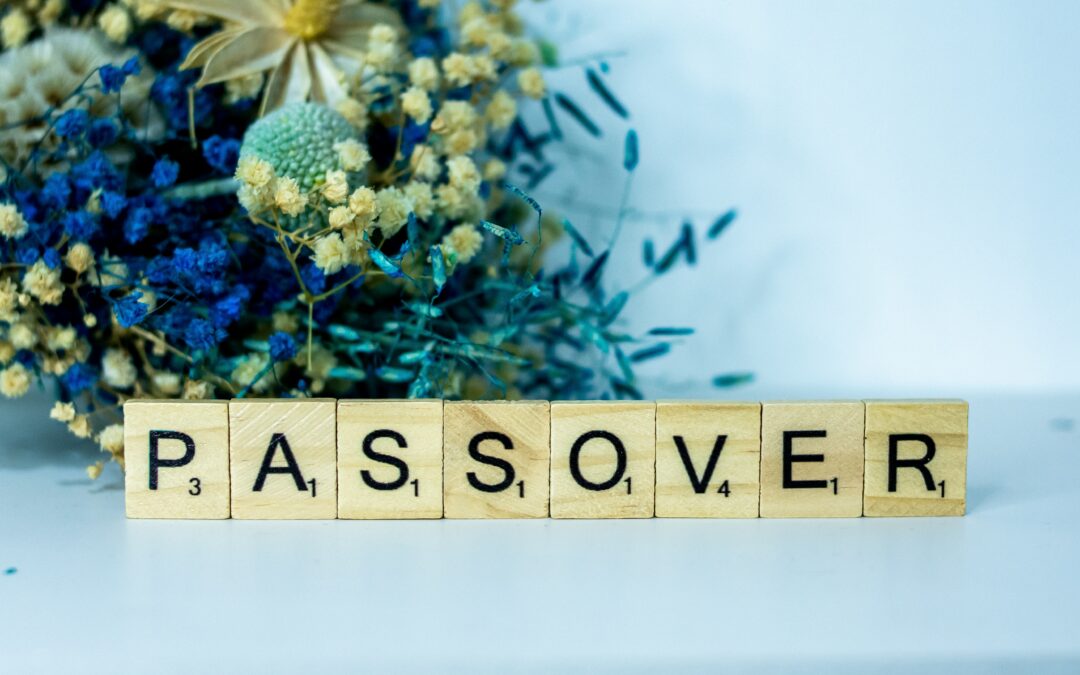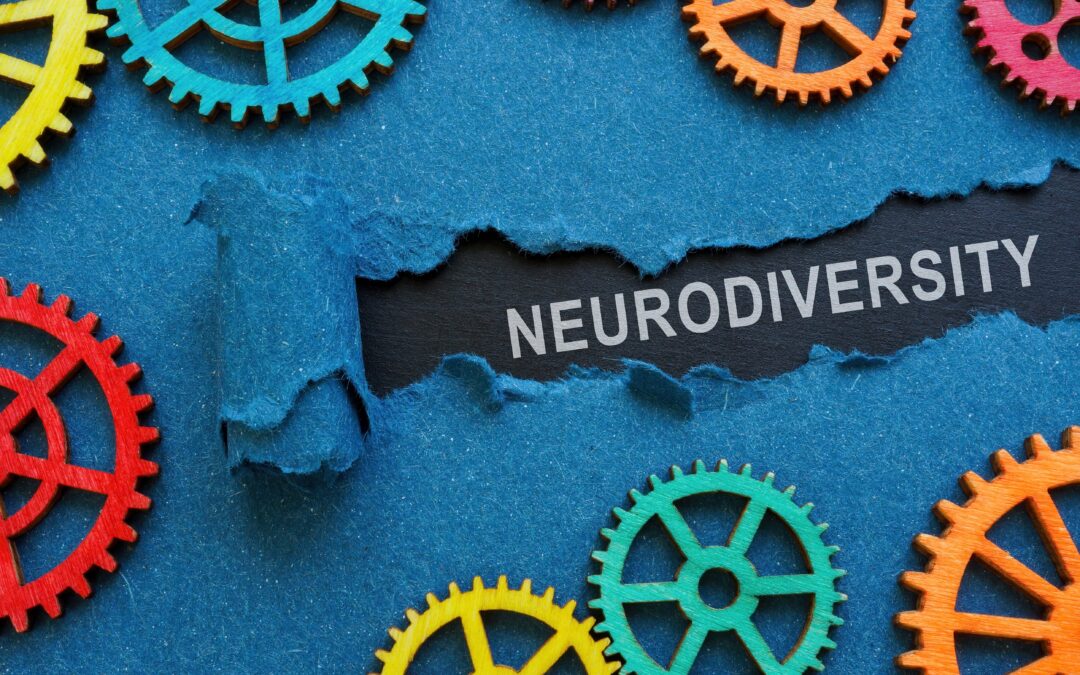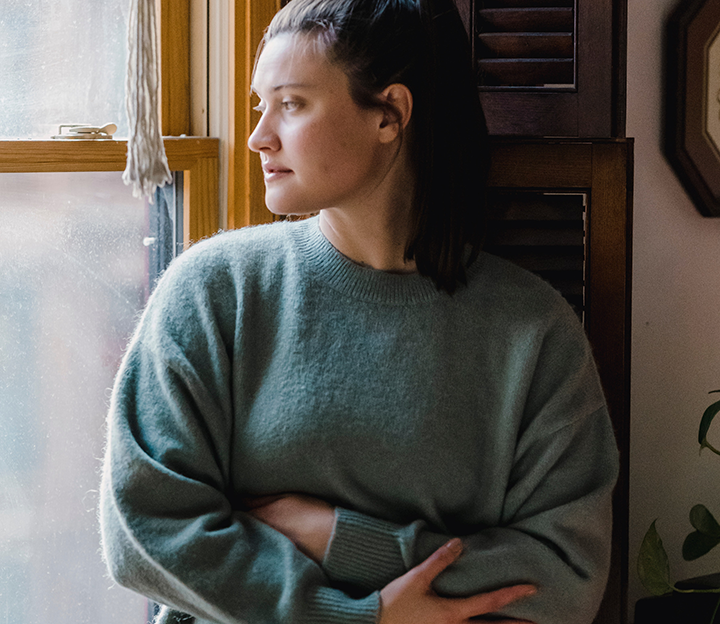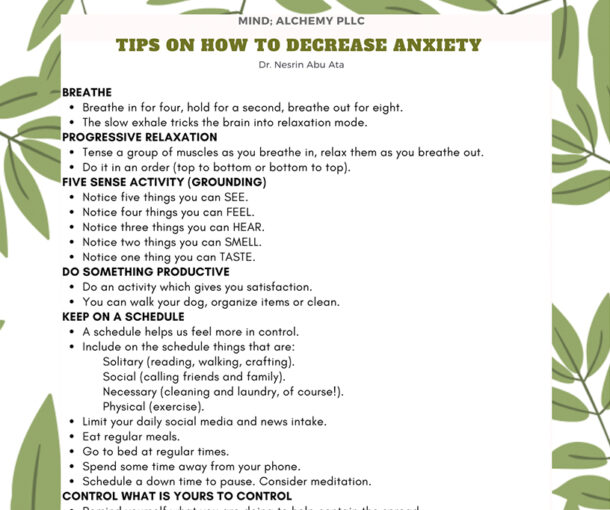Have you ever found yourself at a social event, and felt uncertain about being there or in danger, but not really know why? You may look around and nobody else seems to be bothered at the event.
You may not realize this but when you are walking around the world, your body is taking in many social cues about your environment. When you are interacting with others, your body is picking up facial expressions, tones of voice and bodily movements. All these cues continuously interact with your nervous system informing your body if the environment is a safe place where you can connect with others, or a dangerous place where you either have to run, fight or freeze.
The interaction with the environment and the body’s way of relating to it is known as the Polyvagal Theory, a term coined by Dr Stephen Porges. The term that describes how our nervous system assesses whether people or places are safe, dangerous or life threatening is known as Neuroception.
What is the Polyvagal Theory?
The Polyvagal Theory explains how our nervous system responds to stress or danger. It has a three part hierarchical system, all of which involve a cranial nerve called the Vagus Nerve. The Vagus nerve (Vagus- Latin for wandering) connects (or wanders) from the brain through all major systems in the body: the stomach and gut, heart, lungs, throat, and facial muscles!
How it works
The three part hierarchical system means that only one part can work at any given time, while the other two parts take the back seat.
- The ventral vagal system, also known as the safety system, green zone or social engagement system. When this system is engaged, the person feels safe, loved, is able to share feelings with others and be social while maintaining eye contact. The person is attuned to other people’s facial expressions and tone of voice. The person’s heart rate is regulated and is able to take in a full breath and breathe slowly. One is able to have a healthy blood pressure, good digestion, a healthy immune system and good sleep. The person is able to reach out to others and ask for help or support.
- The activation system, also known as the sympathetic nervous system, yellow zone, fight or flight response. When this system is in charge, the person doesn’t feel at ease, doesn’t feel that others can be trusted, is constantly scanning the room for danger, is listening to sounds of danger instead of friendly voices. The person breath is shallow and the heart is racing. In such a state, the person may have elevated blood pressure, poor digestion, poor immune system and poor sleep. S/he may report more headache and back tension.
- The dorsal vagal system, also known as immobilization, freeze system, or the red zone. When this system is engaged, as a last resort when the person was not able to fight or run away, the body shuts down or collapses. The heart rate slows down, the breathing slows down and becomes shallow so the point where the person may feel like fainting. The person may feel like they dissociate, report a foggy memory and no energy. The person may report weight gain, low blood pressure, stomach problems. Sometimes, when a person is in this state. s/he report feeling shame, or they feel trapped, or “too small to be seen or heard.” Quiet often, patients with post-traumatic stress disorder talk about how “they froze” when the trauma happened and feel shame, both of which can be explained by the third system kicking in as a response to danger.
How Understanding Polyvagal Theory Can Help you Regulate Stress?
The more you understand which one of the three states you are in, the more you are able to engage yourself back into self regulation and retuning into the green state, the social engagement system.
Here are a few things you can do to re-engage in the social system:
- Change your breathing, so that the exhalation is longer than the inhalation. This is often taught in yoga practices. Doing this reengages the ventral part of the vagus nerve, which in turn slows down the heart rate.
- Seek environments that are soothing and where you feel safe, loved and connected. For some people, it is walking in nature, for others, it is spending time with their pets or loved ones.
- Listen to soothing music.
For some people, seeking therapy also helps, especially when there have been traumatic events, where trying to engage the green state on one’s own has not been successful.
Resources
Yoga Therapy and Polyvagal Theory: The Convergence of Traditional Wisdom and Contemporary Neuroscience for Self-Regulation and Resilience. https://www.frontiersin.org/articles/10.3389/fnhum.2018.00067
https://www.therapistuncensored.com/tu18-polyvagal-theory/. Therapist Uncensored.
The Polyvagal Theory: Neurophysiological Foundations of Emotions, Attachment, Communication, and Self-regulation. Stephen Porges, PhD.
Attachment and Bonding: A New Synthesis. Stephen Porges, PhD.
Psychophysiology: Systems, Processes, and Applications. Stephen Porges, PhD.











